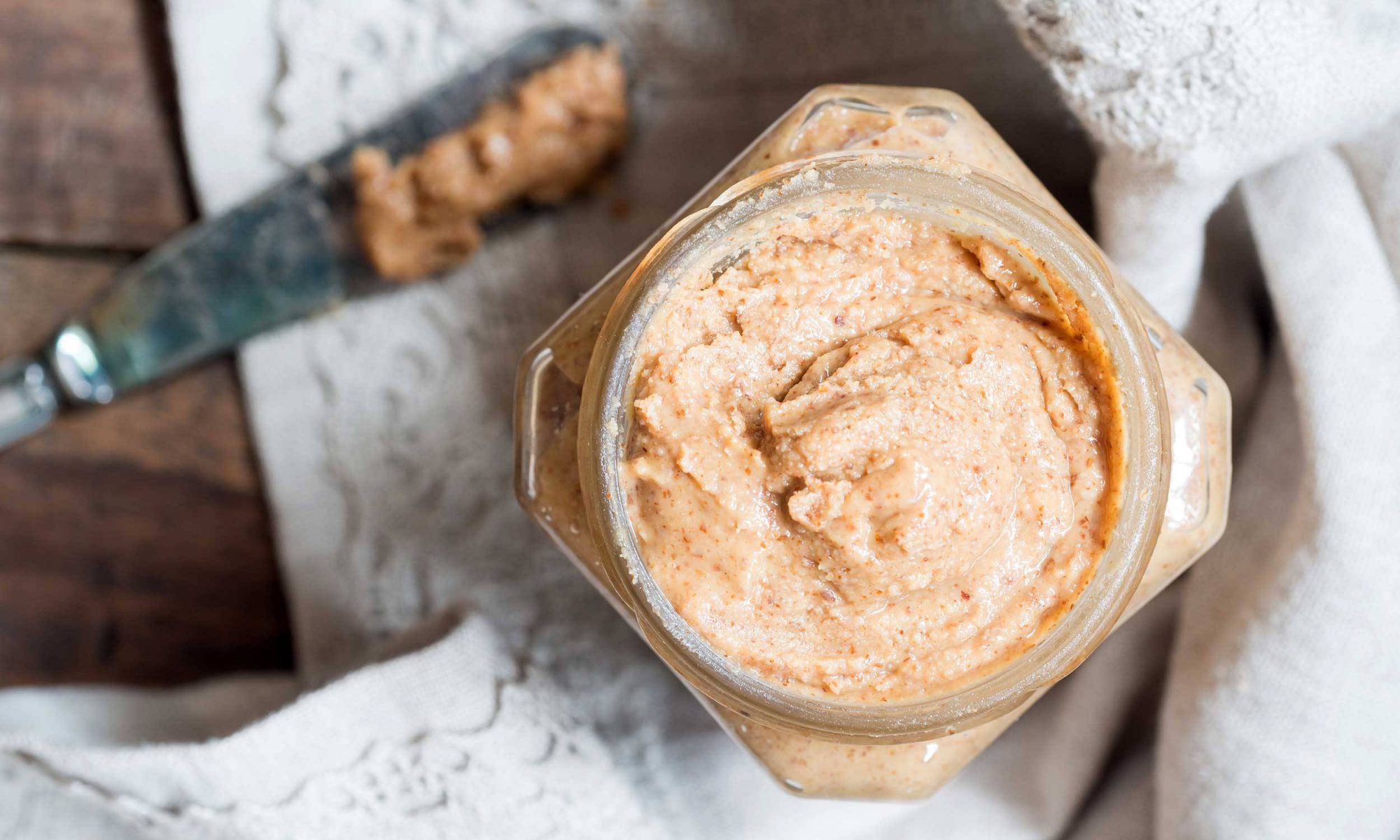

Articles
How To Store Almond Butter Once Opened
Modified: January 6, 2024
Discover the best methods to store almond butter after it's been opened in this informative article. Keep your almond butter fresh and tasty for longer with these tips and tricks.
(Many of the links in this article redirect to a specific reviewed product. Your purchase of these products through affiliate links helps to generate commission for Storables.com, at no extra cost. Learn more)
Introduction
Almond butter is a popular and nutritious spread made from almonds. It is a versatile ingredient that can be used in a variety of dishes, from smoothies and sandwiches to baked goods and sauces. However, once you’ve opened a jar of almond butter, it’s important to store it properly to maintain its freshness, flavor, and quality.
Proper storage of almond butter is crucial to prevent it from going rancid or developing off-flavors. This article will guide you through the best practices for storing almond butter, ensuring that it stays fresh and delicious for as long as possible.
By following these storage guidelines, you can extend the shelf life of your almond butter and enjoy its delectable taste for an extended period. So, let’s dive in and explore the key factors to consider when storing almond butter.
Key Takeaways:
- Proper storage of almond butter is crucial to maintain its freshness, flavor, and quality. Follow best practices like choosing the right container, keeping it in a cool, dry place, and refrigerating it to enjoy delicious almond butter for an extended period.
- Using clean utensils and regularly checking for signs of spoilage are essential for preserving the quality of almond butter. By following these storage guidelines, you can ensure that your almond butter remains fresh, flavorful, and safe for consumption.
Read more: How To Store Vodka Once Opened
Why Proper Storage is Important for Almond Butter
Proper storage is essential for almond butter to maintain its taste, texture, and nutritional value. Here are a few reasons why you should pay attention to how you store your almond butter:
- Freshness: Like any other natural nut butter, almond butter contains natural oils that can turn rancid over time. By storing it properly, you can help slow down the oxidation process and extend its shelf life. This ensures that you always have a fresh and flavorful spread to enjoy.
- Flavor and Quality: Exposure to heat, light, and moisture can alter the taste and quality of almond butter. It can develop a stale or musty flavor, losing its natural sweetness and nutty aroma. By storing it correctly, you can preserve its original taste profile.
- Texture: Almond butter can become hard and difficult to spread when exposed to fluctuating temperatures or moisture. Proper storage helps maintain a smooth and creamy consistency, making it easier to use in various recipes.
- Nutritional Benefits: Almond butter is packed with nutrients, including healthy fats, protein, fiber, vitamins, and minerals. Improper storage conditions can degrade these nutrients over time, reducing the overall nutritional value of the almond butter.
By understanding the importance of proper storage, you can ensure that your almond butter remains fresh, flavorful, and nutritious. In the following sections, we’ll discuss the best practices for storing almond butter to help you maximize its shelf life and enjoyment.
Best Practices for Storing Almond Butter
To keep your almond butter fresh and tasty, it’s crucial to follow these best practices for storage:
- Choose the right container: When purchasing almond butter, opt for brands that come in airtight jars or containers. Alternatively, if you make your own almond butter, ensure you store it in airtight containers to prevent air and moisture from seeping in.
- Keep it in a cool, dry place: Almond butter is sensitive to temperature and humidity. Store it in a cool and dry area, away from direct sunlight, heat sources, and moisture. Avoid storing it near the stove, oven, or dishwasher, as the heat and steam can degrade its quality.
- Avoid exposure to light and heat: Light and heat can accelerate the oxidation process, causing the almond butter to turn rancid. Find a dark and cool spot in your pantry or cupboard where you can store your almond butter.
- Stir and refrigerate: Almond butter can naturally separate, with the oil rising to the top. Before storing it, give it a good stir to incorporate the oil back into the butter. Once opened, refrigerate the almond butter to help preserve its freshness for a longer period. The cooler temperature slows down the oxidation process, keeping it from going rancid.
- Use clean utensils: To prevent contamination and the growth of bacteria, always use clean and dry utensils when scooping out almond butter from the jar. Moisture and debris can deteriorate the quality of the spread.
- Check for signs of spoilage: Regularly inspect your almond butter for any signs of spoilage, such as mold, an off smell, or an unusual appearance. If you notice any of these signs, discard the almond butter immediately.
By following these best practices, you can ensure that your almond butter stays fresh and delicious for an extended period. Now that you know how to store almond butter properly, you can enjoy its creamy texture and nutty flavor in your favorite recipes without worrying about its quality degrading.
Choose the Right Container
Choosing the right container is paramount when it comes to storing almond butter properly. Opting for an airtight and opaque container helps protect the spread from exposure to air, light, and moisture. Here are a few considerations to keep in mind:
- Airtight: Look for jars or containers with a tight-sealing lid to prevent air from entering. Air exposure can lead to oxidation, causing the almond butter to become rancid and lose its fresh flavor. A secure seal also helps maintain the spread’s creamy texture and prevents it from drying out.
- Opaque: Almond butter should be stored in a container that blocks out light. Light exposure can cause the natural oils in the almond butter to degrade and alter its flavor. A dark or opaque container helps preserve the spread’s taste and quality, ensuring it remains delicious and enjoyable.
- Glass or Plastic: Both glass and plastic containers can be suitable for storing almond butter. Glass jars are advantageous as they are non-reactive and won’t absorb any odors or flavors. Plastic containers, on the other hand, can be lightweight and less prone to breakage.
When buying store-bought almond butter, opt for brands that come in well-sealed and tinted jars to protect the spread from light and air exposure. If you prefer making your own almond butter at home, transfer it to a suitable container that meets the above criteria.
By choosing the right container, you can ensure that your almond butter stays fresh, flavorful, and of high quality for an extended period. This is the first step in proper storage, laying the foundation for maintaining the spread’s taste and texture over time.
Keep it in a Cool, Dry Place
When it comes to storing almond butter, the environment plays a crucial role in maintaining its freshness and quality. It is essential to keep it in a cool and dry place to prevent the spread from spoiling or going rancid. Here’s why:
- Temperature: Almond butter is sensitive to temperature fluctuations, particularly high heat. Exposure to heat can cause the oils in the spread to separate and turn rancid. Therefore, it’s important to store almond butter in a cool place, ideally at room temperature or slightly below.
- Humidity: Increased moisture content in the air can lead to the development of mold and bacteria in almond butter. Moist conditions can also affect the texture and quality of the spread, making it less smooth and potentially altering the taste. Store almond butter in a dry environment to minimize the risk of spoilage.
Choose a storage location away from sources of heat, such as stoves, ovens, or direct sunlight. High temperatures can cause the almond butter to melt or become runny, making it difficult to spread. Additionally, avoid storing almond butter in a refrigerator or freezer, as the fluctuating temperatures can impact its texture and cause it to harden.
A cool, dry pantry or cupboard is an ideal spot to store almond butter. Keep it away from areas prone to humidity, like near the sink or dishwasher. Maintaining a consistent temperature and humidity level will help preserve the spread’s flavor, consistency, and overall quality.
By storing almond butter in a cool and dry place, you can ensure that it remains fresh, smooth, and ready to be enjoyed whenever you need it. The right storage environment helps maintain the spread’s integrity over time, so you can savor every delicious spoonful.
Store almond butter in a cool, dark place like a pantry or cupboard. Make sure the lid is tightly sealed to prevent air exposure and oxidation. Stir before each use to mix in any separated oils.
Read more: How To Store Dates Once Opened
Avoid Exposure to Light and Heat
When it comes to storing almond butter, it is crucial to protect it from exposure to light and heat. Both light and heat can have detrimental effects on the quality and shelf life of your almond butter. Here’s why:
- Light: Almond butter contains natural oils that are sensitive to light. Exposure to light can cause these oils to go rancid, resulting in an unpleasant taste and aroma. It can also lead to a degradation of essential nutrients found in almond butter. To preserve the quality, store almond butter in a dark or opaque container, away from direct sunlight.
- Heat: High temperatures can cause the oils in almond butter to separate, resulting in an unappealing texture. Heat can also accelerate the oxidation process, causing the almond butter to spoil more quickly. Avoid storing almond butter near stovetops, ovens, or any other sources of heat. It’s important to maintain a cool and consistent temperature for the best results.
To minimize light exposure, choose an opaque container or keep the almond butter in a dark pantry or cupboard. Avoid storing it in clear or transparent containers that allow light to penetrate. This will help to maintain the flavor, freshness, and overall quality of the almond butter.
In addition, ensure that the storage location is away from heat sources such as kitchen appliances and sunlight. Constant exposure to heat can cause the almond butter to become oily, separate, and spoil faster. It may also compromise the taste and texture of the spread.
By avoiding exposure to light and heat, you can extend the shelf life and preserve the delicious flavor of your almond butter. Remember, a cool, dark, and dry environment is the key to maintaining the quality and nutritional value of this nutritious spread.
Stir and Refrigerate
One important step in storing almond butter is to properly stir it before and after opening, followed by refrigeration. Here’s why these practices are essential:
- Stirring: Almond butter naturally separates, with the oil rising to the top. Before storing or using almond butter, give it a good stir to incorporate the oil back into the spread. This helps ensure a consistent texture and prevents oil from pooling on top. Stirring also helps distribute any settled solids, resulting in a creamy and enjoyable almond butter experience.
- Refrigeration: Once opened, it’s recommended to store almond butter in the refrigerator. The cool temperature of the refrigerator slows down the oxidation process and helps maintain the freshness and quality of the spread for a longer period. The cooler environment also helps prevent the almond butter from going rancid and developing off-flavors.
When refrigerating almond butter, make sure it is stored in an airtight container to avoid absorption of unwanted odors and maintain its flavor. If you’re using store-bought almond butter, it is generally best to follow the storage instructions on the label. Homemade almond butter can be transferred to a clean and airtight container before refrigerating.
Keep in mind that refrigerated almond butter might become slightly harder or more firm compared to when stored at room temperature. However, this is normal and doesn’t affect the taste or quality. To make it easier to spread, simply allow the almond butter to sit at room temperature for a few minutes before use.
By stirring your almond butter and refrigerating it, you can enjoy a fresh and creamy spread for a longer period. These practices help maintain the texture, prevent oil separation, and extend the shelf life of your almond butter.
Use Clean Utensils
Using clean utensils when handling almond butter is crucial for maintaining its quality and preventing contamination. Here’s why it’s important to use clean utensils:
- Prevent Contamination: Keeping almond butter free from contaminants is essential to ensure its freshness and safety for consumption. Using dirty utensils can introduce bacteria, mold spores, or other harmful substances into the almond butter, leading to spoilage or potential health risks.
- Avoid Flavor Transfer: Using utensils that have been used for other food items, especially those with strong flavors or odors, can lead to flavor transfer. Almond butter has a delicate and distinct flavor, and it’s best to preserve its unique taste by using clean utensils that won’t introduce unwanted flavors.
When scooping out almond butter, always ensure that your utensils are clean, dry, and free from any residue. Here are some tips to follow:
- Wash Utensils: Before using utensils to scoop out almond butter from the jar, wash them thoroughly with hot, soapy water. Rinse them well to remove any traces of soap residue.
- Dry Utensils: After washing, dry utensils completely before using them to prevent any moisture from coming into contact with the almond butter.
- Avoid Double Dipping: Try to use separate utensils, such as a clean spoon or knife, each time you scoop out almond butter. This prevents cross-contamination and helps maintain the integrity of the spread.
Additionally, ensure that the jar or container used for storing almond butter is clean and free from any debris or residue. Wipe the rim of the jar before sealing it to prevent any particles from interfering with the freshness of the almond butter.
By using clean utensils, you can keep your almond butter fresh, uncontaminated, and free from unwanted flavors. Practicing good hygiene when handling the spread will help maintain its quality and ensure a delightful almond butter experience every time.
Check for Signs of Spoilage
Regularly inspecting your almond butter for signs of spoilage is important to ensure its safety and quality. Here are some key indicators to look out for:
- Mold: Check for any visible signs of mold growth on the surface of the almond butter. Mold can appear as fuzzy or discolored patches and indicates that the spread has gone bad. If you notice any mold, discard the almond butter immediately to prevent the spread of harmful bacteria.
- Off Smell: Almond butter should have a pleasant, nutty aroma. If you detect any unusual or foul odor, it could be an indication of spoilage. Rancid or off-smelling almond butter should not be consumed as it might have undergone oxidation or bacterial growth.
- Unusual Appearance: Examine the texture and consistency of the almond butter. If you notice any significant changes like separation, discoloration, or an oily film on top, it may be a sign of spoilage. Fresh almond butter should have a smooth, creamy texture and a consistent brown color.
It’s important to note that almond butter can naturally become slightly grainy or thick over time, especially if it’s been refrigerated. However, as long as there are no visible signs of mold or other spoilage indicators, it is usually safe to consume.
If you ever encounter any of the above signs of spoilage, it’s recommended to dispose of the almond butter. Consuming spoiled almond butter can lead to foodborne illnesses or an unpleasant taste experience. Prioritize your health and taste buds by discarding any almond butter that has gone bad.
Regularly checking for signs of spoilage helps ensure that you enjoy fresh and safe almond butter. By being mindful of the quality of your spread, you can indulge in the delicious flavors of almond butter without any concerns.
Read more: How To Store Cognac Once Opened
Conclusion
Proper storage of almond butter is essential to maintain its freshness, flavor, and quality. By following the best practices outlined in this article, you can ensure that your almond butter remains delicious and enjoyable for an extended period.
Choosing the right container, such as an airtight and opaque jar, helps protect the almond butter from exposure to air, light, and moisture. Keeping it in a cool, dry place away from heat sources and sunlight prevents the spread from spoiling or developing off-flavors. Stirring the almond butter before and after opening, followed by refrigeration, helps maintain its creamy texture and prolongs its shelf life.
Using clean utensils when handling almond butter prevents contamination and flavor transfer, ensuring a fresh and uncontaminated spread. Regularly checking for signs of spoilage, such as mold growth, off-smell, or unusual appearance, ensures that the almond butter is safe for consumption.
By implementing these storage practices, you can savor the rich taste and nutritional benefits of almond butter in various recipes without worrying about its quality deteriorating. Remember to always prioritize hygiene, keep track of the almond butter’s freshness, and discard any spoilt or expired spread.
So go ahead, enjoy the delectable goodness of almond butter, and make the most out of this nutritious and versatile spread!
Frequently Asked Questions about How To Store Almond Butter Once Opened
Was this page helpful?
At Storables.com, we guarantee accurate and reliable information. Our content, validated by Expert Board Contributors, is crafted following stringent Editorial Policies. We're committed to providing you with well-researched, expert-backed insights for all your informational needs.





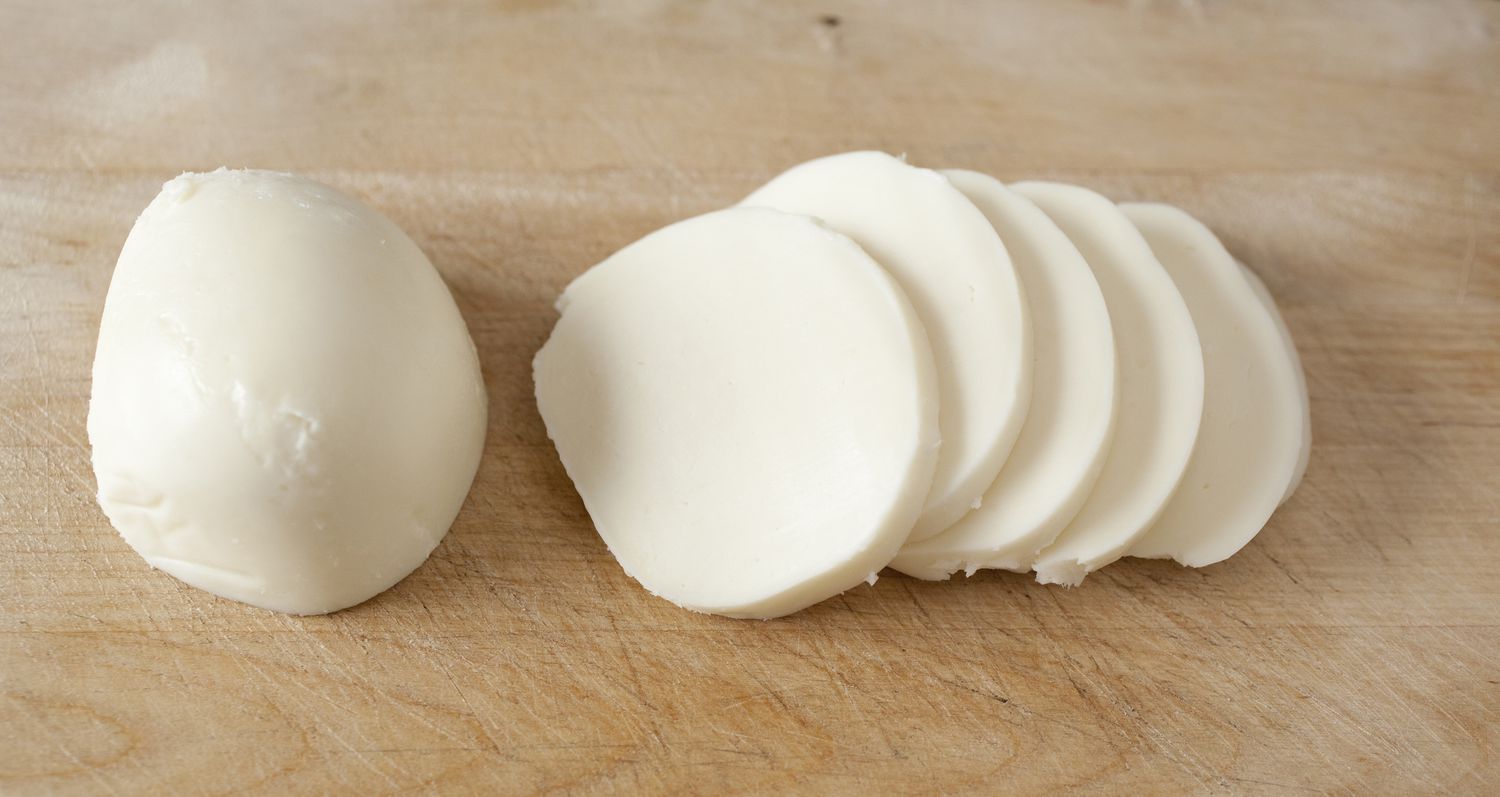

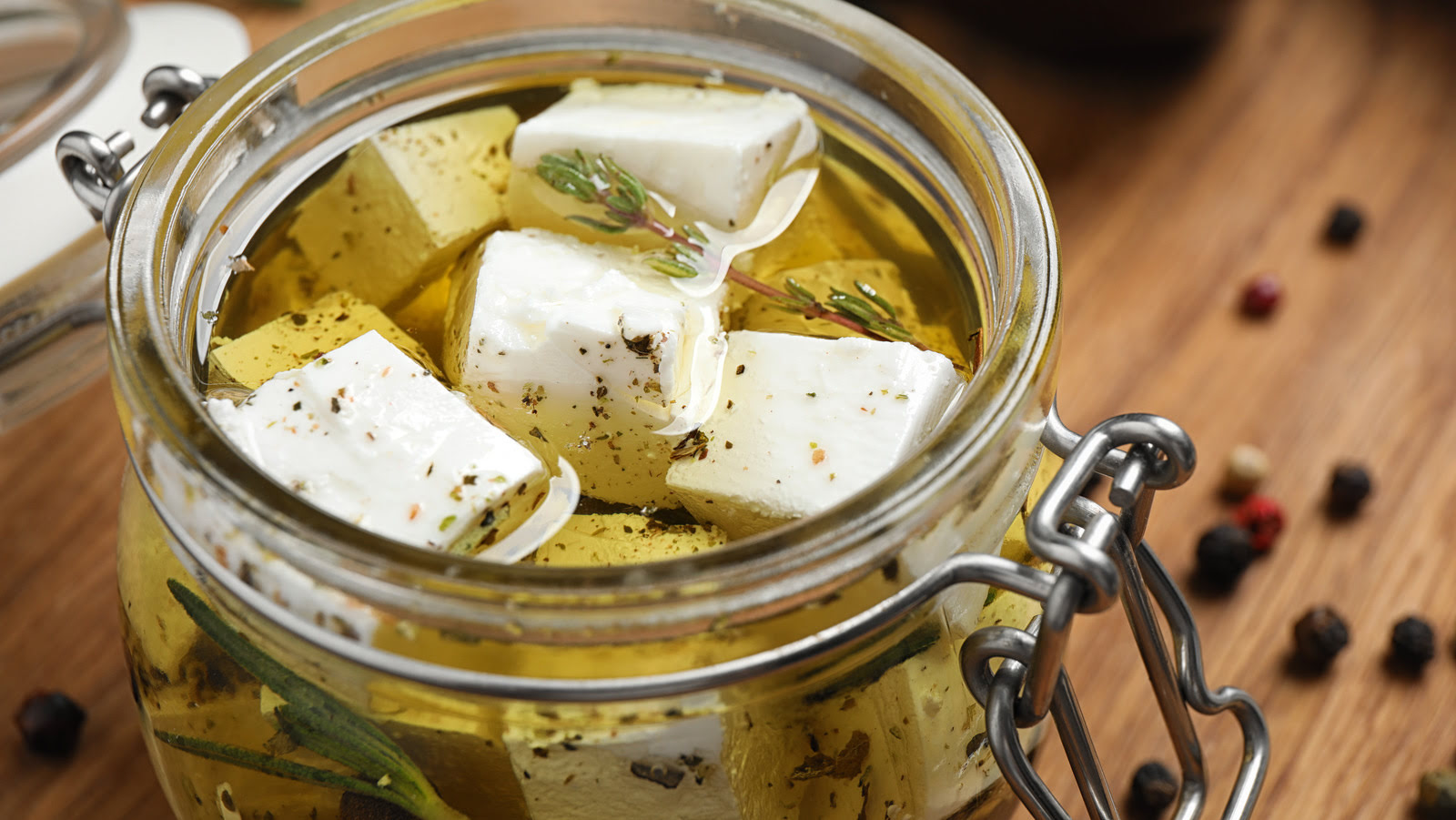

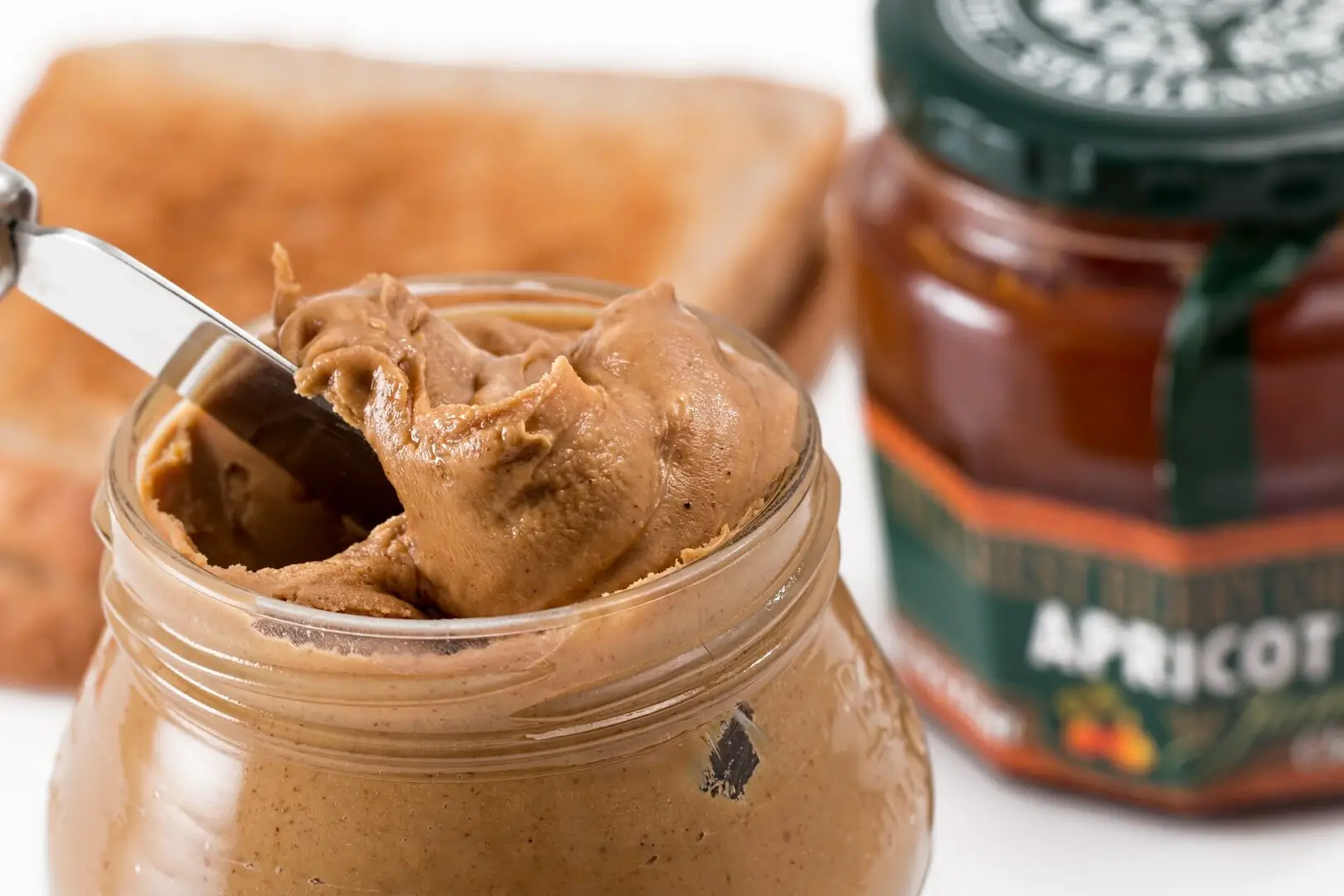

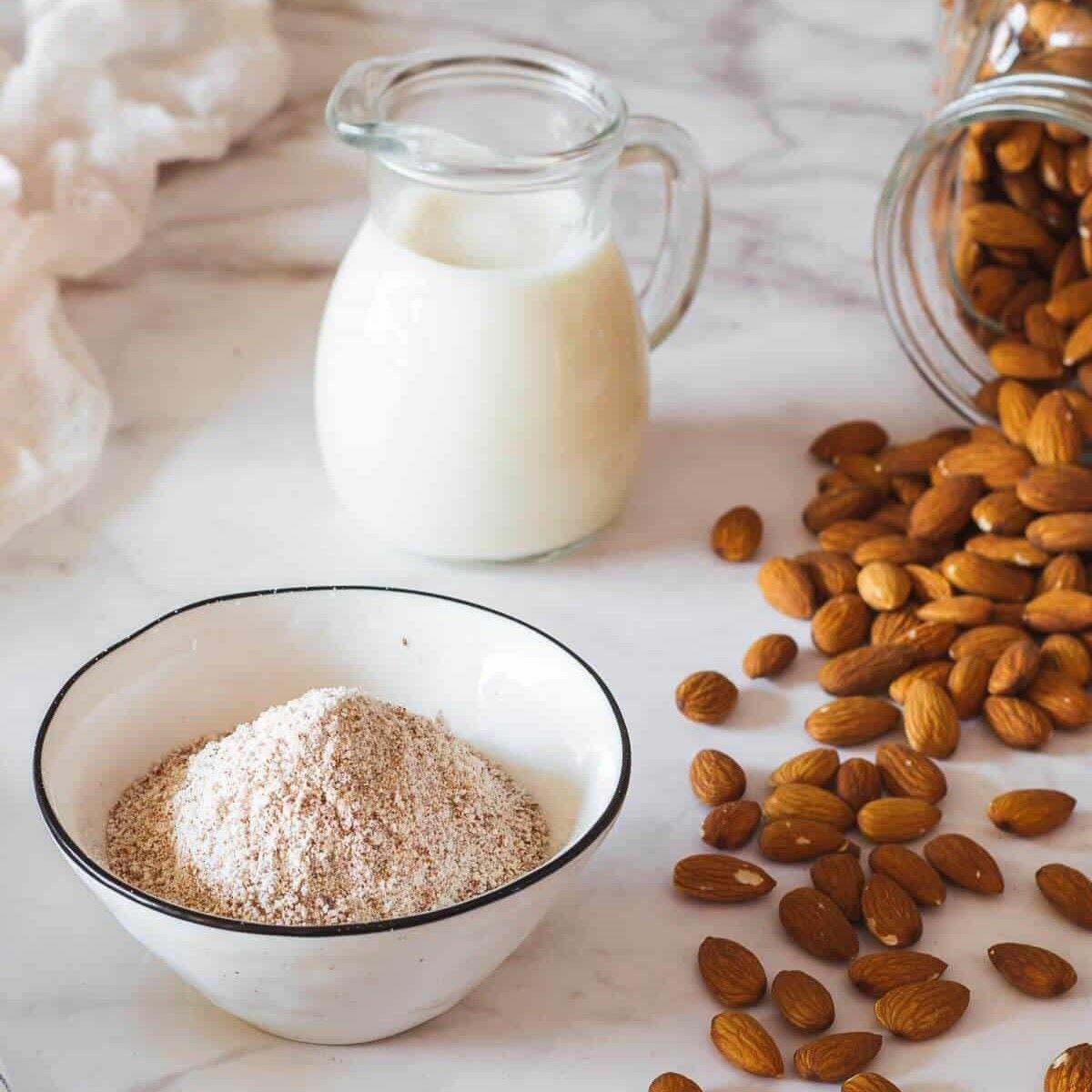
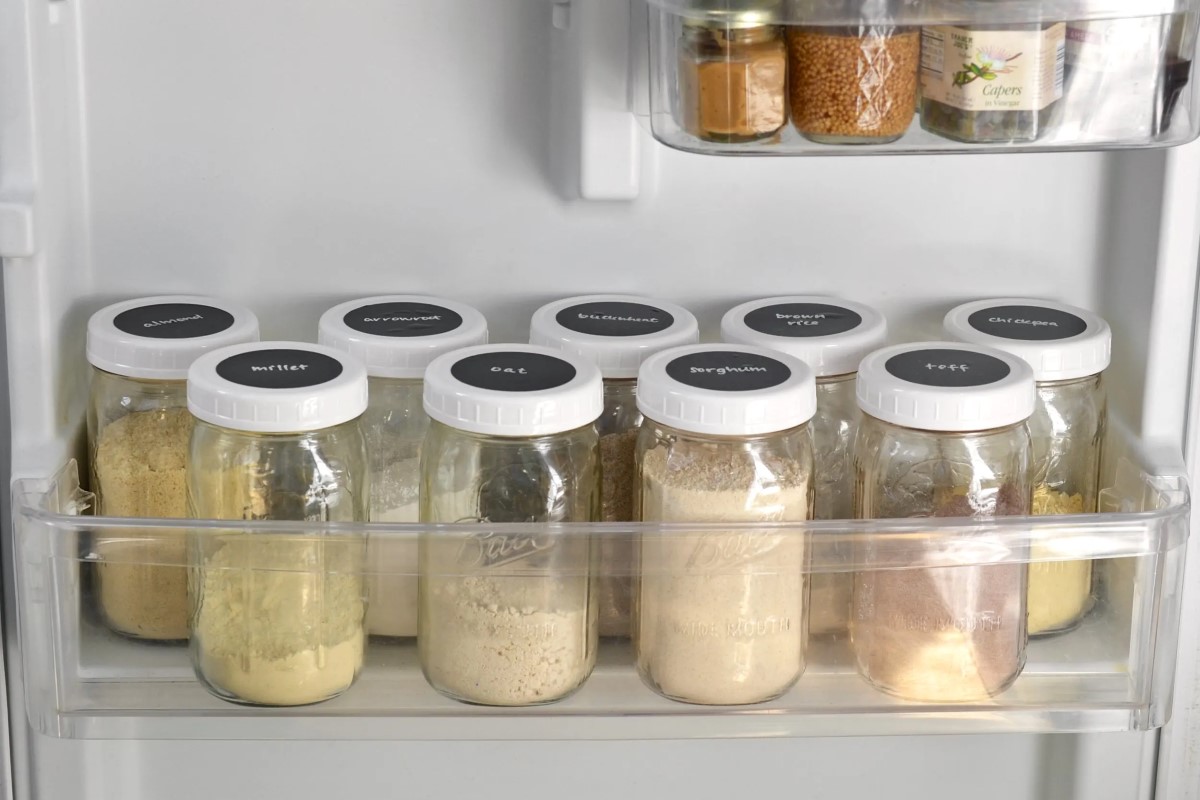

0 thoughts on “How To Store Almond Butter Once Opened”